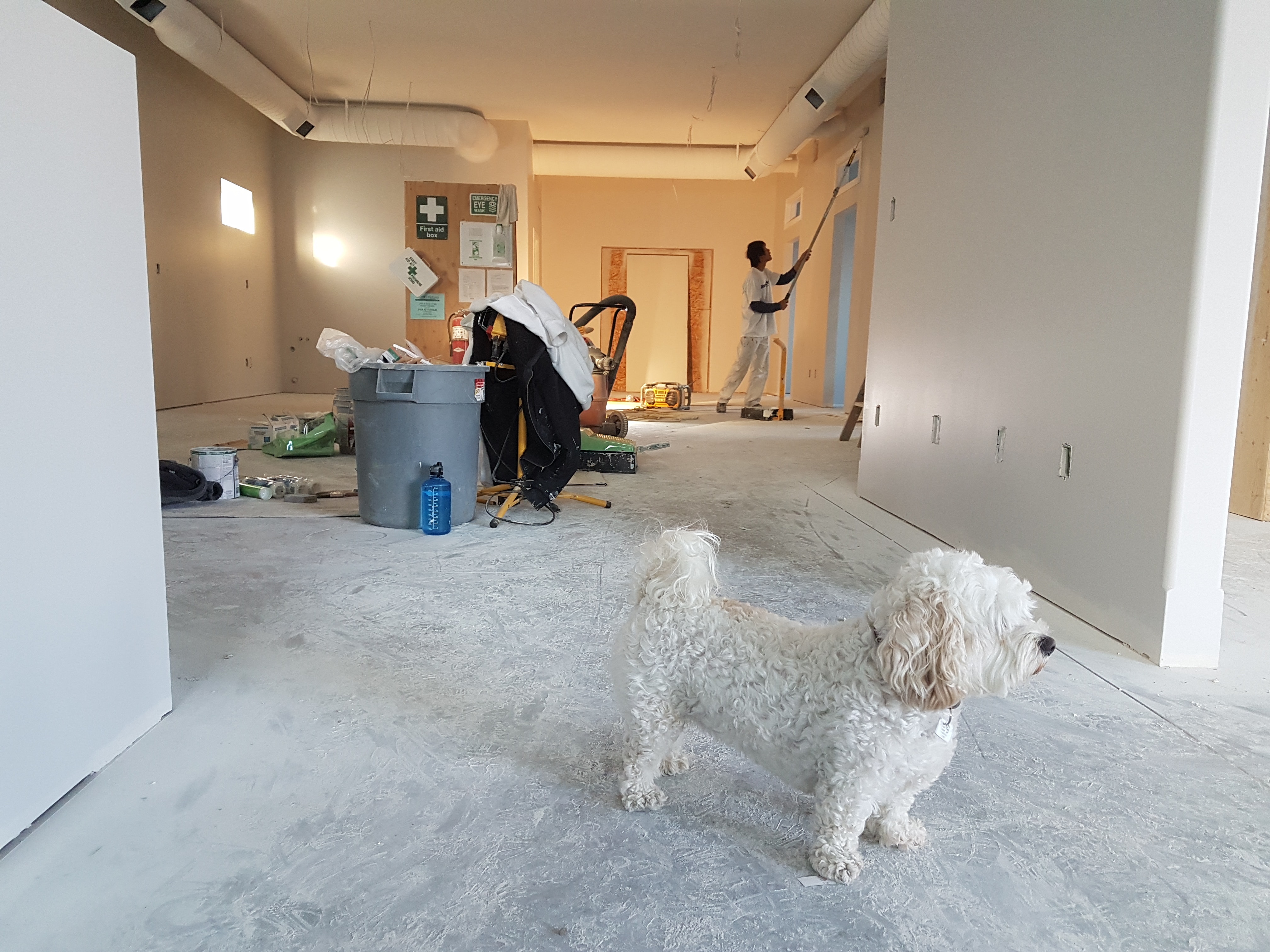Everything you wanna know about clean air and HEPA filter with 2019 allergy season coming up

HEPA Air Purifiers
As a general mindset people tend to think of environmental pollution as of something practically out of this world. Something that does not happen to them and resides somewhere out there, in the atmosphere layers.
But in fact, air pollution is a problem that has never been more actual. With 4.2 million deaths per year fr om ambient air pollution exposure and 91% of the world’s population living in the below average air quality level, ecologists’ concerns are growing by the minute.
Let’s take a look at how each of our homes can be viewed as a hazardous environment. Especially for those suffering from respiratory conditions: asthma, sleep apnea, allergies.
High-Efficiency Particulate Arrestance is abbreviated HEPA word. These filters tend to use two separate mechanisms to cleanse the airflow, otherwise, the risk of clogging and the machine collapsing are too big. They do, in fact, trap the minuscule dust specks flying around. Some of them we cannot even see.
Originally developed by and for nuclear science HEPA technology now serves simple homes as well as business facilities and aims at improving general breathing environment.
The first working layer of the HEPA filter is an actual physical barrier - a sieve that stops larger particles like fuzz, fur, dust, hair. There is another layer for filtering, a detail that looks like folded pieces of paper. It’s designed to filter out and stop the smallest of particles, allergens, and contaminants.
What looks like a decoration piece is, in fact, a set of very dense glass fiber. At low spinning speeds, dust particles are meant to be sticking to these folds. Thanks to how a machine is built, it allows for every kind of smaller particle to be captured.
The picture below will explain visually, how dust particulate is captured by HEPA.

Fibers of HEPA mechanism are shown as grey sticks in the picture. Some of the dust particles fall in between the filter fibers, others are caught by impact, some are destroyed by diffusion due to the law of Brownian motion.
How do these HEPA-purifiers work?
According to the United States National Research Institute, a genuine HEPA filter is able to arrest almost every (more than 99%) dust particle, there is in the air you breathe. This type of purifier is highly recommended for households that include people of lesser health, babies and seniors.
It is especially important when you consider that only HEPA filter can manage to trap the tiniest of particles, which are of 0.3 microns in diameter. Consider it a godsend for asthma patients, respiratory disease patients, sleep apnea patients, elderly family members, people weak in health and babies.
These particles that are 0.3 microns in diameter or less are, in fact, at least three times thinner than an average human hair. This way an authentic HEPA filter is a much more sanitary device than any other air purifier: it will actually stop mold spores, dust particles, pollen, bacteria, and even some viruses; the cleaning happens to the nanoscopic extent.

Just to clarify here, the smallest dust particles are not particularly harmful. It’s just that these tiniest ones are very likely to avoid traditional air purifiers, any physical filters and get back into your household airflow, letting your lungs do the filtering job.
Many will deny the pure fact that we need this type of secondary appliances at all:
-
air conditioners
-
bathroom air purifiers
-
laundry cleaners and dryers
-
ozone generation.
The list can go on and on. The answer is yes and no. Let us explain.
Resistance
Many years ago human immunity was much stronger in every aspect. With the inevitable advent of urbanization, larger cities, and highly increasing population density, pressure on the human immune system grows.

Just take a minute to imagine how much potential allergens a regular home manages to generate:
-
dust
-
aerosol residue
-
human hair, dander, and skin shedding
-
pet fur
-
fuzz from clothes
-
cigarette smoke
-
circulating dust particles from conditioners and heaters
-
mold spores
-
perfume, air fresheners, laundry deodorizers
-
food cooking odors
-
pollen and dirt from outside caught in carpets.
A way out

It seems that unless you own a UV Bulb & Photo-Catalytic Filter, a car purifier and couple commercial air purifiers, there is no way that air is gonna be clean in your home.
As silly as it may sound, but with big cities, enormous traffic volume and deteriorating environment, allergies in children frequent increasingly.
The stats on the issue is hard to deny: over 50 million US citizens suffer from respiratory allergies annually.
A simple room air purifier and a bathroom air purifier can help you out. The main focus of this machine is to put all the air in the room through a set of filters.
Typical materials used to produce filters include foam, cotton or fiberglass. Material density will allow catching even the tiniest contaminant particles.
There are several types of air purifiers: for your bathroom, car purifiers, the ones for the bedroom. Depending on wh ere you intend to install those, you will get them in all different sizes and shapes. Make sure you look at them in real-time for the perfect fit.
It is very little we can do to environmental pollution, but we can considerably increase the quality of air in our own home.

